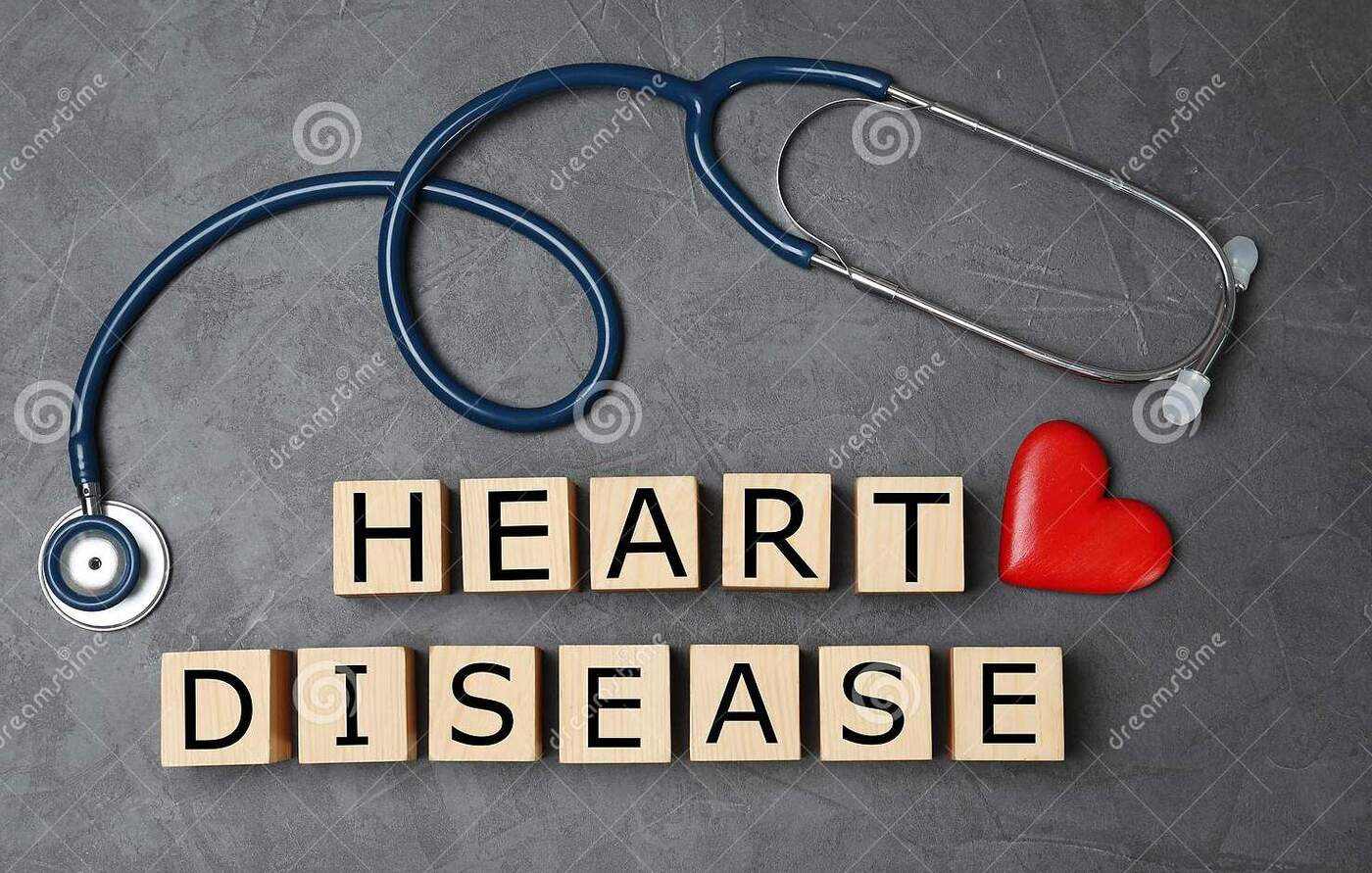
What is Coronary Heart Disease (CHD)?
Coronary heart disease, or CHD, is when the coronary arteries of the heart become narrow by the gradual accumulation of fatty material within the walls. The condition is named as atherosclerosis. When the arteries become narrow, it does not allow the supply of oxygen-rich blood to your heart.
If there is pain and discomfort then it is called as angina. If the fatty material lining the arteries breaks off, then it may block the coronary artery which would cut the supply of oxygen-rich blood to the heart muscle. This is what is called as heart attack.
What increases my risk of CHD?
There are several risk factors for CHD. The main ones are:
- High blood cholesterol
- Diabetes
- Being physically inactive
- Obesity
- Family history of heart disease
- Age - the older you are, the more likely you are to develop CHD
- Smoking
- High blood pressure
The more number of risk factors you have, its more likely to develop CHD. There are many things you can do to reduce the risk and help protect your heart.
Symptoms of coronary heart disease
The most common symptoms of coronary heart disease (CHD) are chest pain (angina) and a heart attack.
Angina
If your coronary arteries become partially blocked, it can cause chest pain (angina).
This can be a mild, uncomfortable feeling similar to indigestion. However, a severe angina attack can cause a painful feeling of heaviness or tightness, usually in the centre of the chest, which may spread to the arms, neck, jaw, back or stomach.
Heart attack
If your arteries become completely blocked, it can cause a heart attack (myocardial infarction).
During a heart attack, you may also experience the following symptoms:
- Pain in other parts of the body – you may feel that the pain is travelling from your chest to your arms, jaw, neck, back and abdomen
- Lightheadedness
- Sweating
- Nausea
- Breathlessness.
Prevention of Coronary Heart Disease
Steps that can be taken to prevent or reduce the risk of developing coronary heart disease. These include:
- Eating a balanced diet
- Avoid alcohol
- Stop smoking
- Follow a regular physical exercise
- Maintain a healthy body weight
- Maintain Normal blood cholesterol levels
- Treating medical conditions such as diabetes and high blood pressure
- Awareness about heart conditions is important in order to minimize risk factors
MAINTAIN A HEALTHY LIFESTYLE FOR A HEALTHY HEART